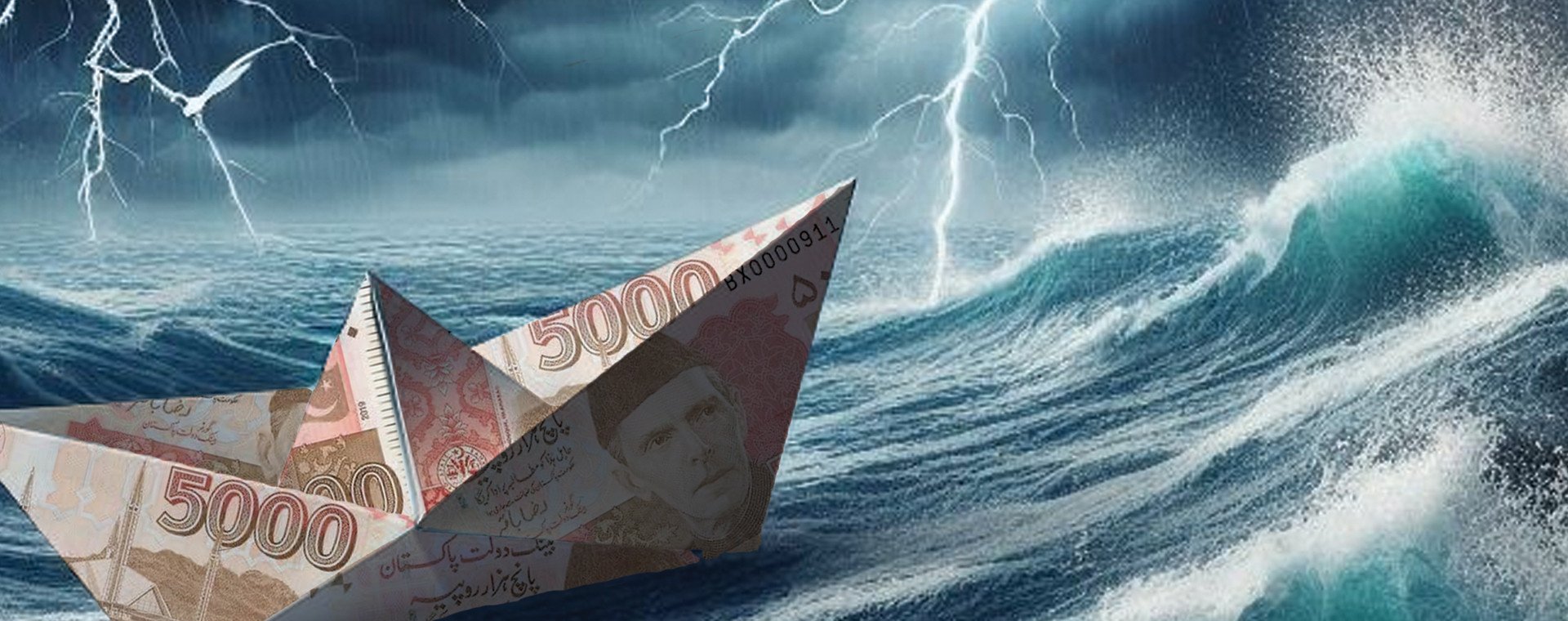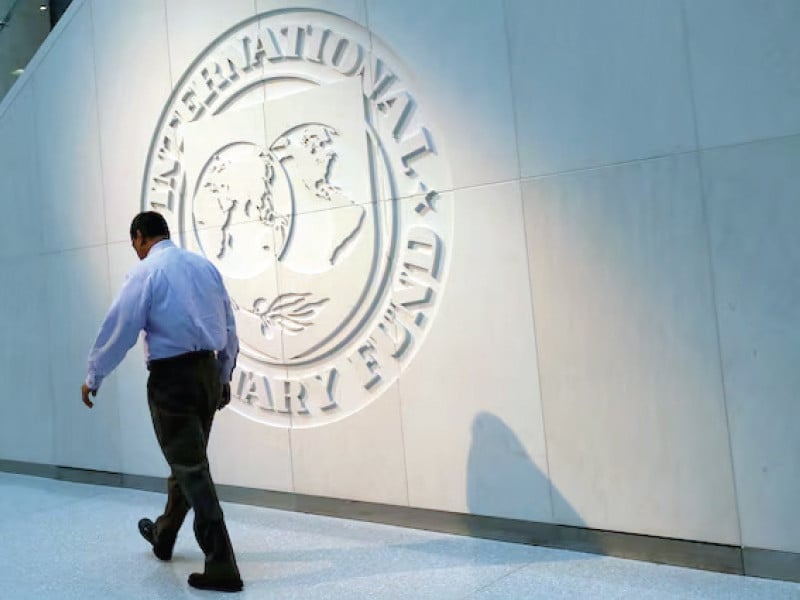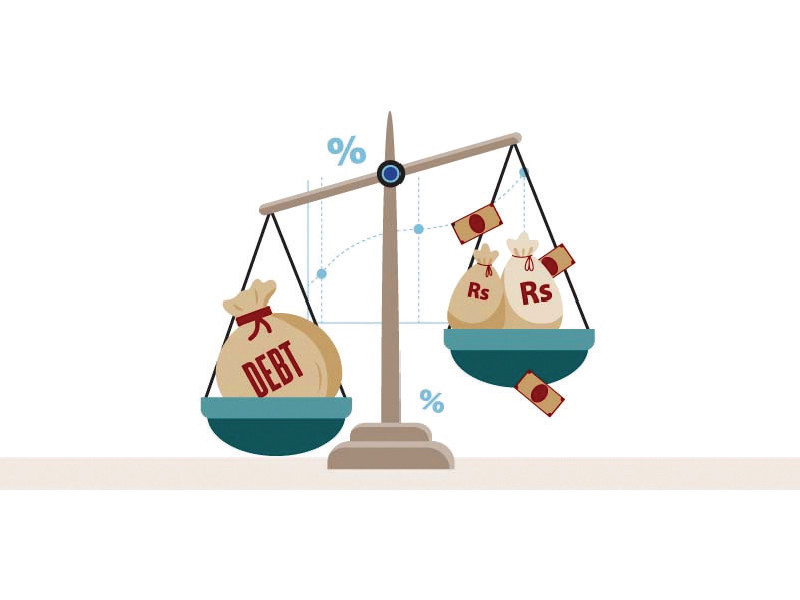PUBLISHED
March 17, 2024
ISLAMABAD:
Prime Minister Shehbaz Sharif has begun his second term in office on a note of defiance. He successfully resisted the pressure and did not appoint family relative and party’s old economic guard Ishaq Dar as the new finance minister.
Shehbaz Sharif has drawn the curtain on Ishaq Dar’s over quarter a century old claim on being the Pakistan Muslim League-Nawaz’s only choice for the position. Dar became the finance minister in extraordinary circumstances 26 years ago and his exit from the Q Block was not ordinary too. In between, he remained the finance minister for four times but his last leg was highly controversial, which resulted in the loss of many friends and sympathisers.
The distrust between Shehbaz Sharif and Ishaq Dar began to widen during the Pakistan Democratic Movement (PDM) government after the former became aware that his economic team was not being truthful and was misleading regarding the conditions of the International Monetary Fund programme. The trust deficit widened to a level that the prime minister had to take hold of the reins and directly negotiate with the IMF, sideling Dar and people close to him during final round of negotiations for the Stand By Arrangement in June 2023.
Although the efforts were made to bring Dar back as the finance minister for the fifth time, the Shehbaz camp remained firm about appointing someone who is closer to the younger Sharif and listens to him too as finance minister. There was also resistance to Dar’s orthodox economic strategies, even though his policy of a controlled exchange rate has not been reversed despite the four-time finance minister’s departure from the scene in August last year.
The younger Sharif’s choice of Muhammad Aurangzeb – a career banker – to replace Dar indicates his readiness to take risks. Will the courage be only limited to personalities or is he ready to also take a different path to deal with one of the worst economic crises Pakistan has faced?
The prime minister’s decision to appoint a banker as the new finance minister and in-charge of the IMF affairs at one of the most critical junctures does expose his government to many risks. This also includes the risk of implementing IMF’s stabilisation policies without too much questioning. The new finance minister has indicated the signing of a programme of longer duration and larger size with the IMF, known as the Extended Fund Facility (EFF). The last EFF, which ended on a sour note with $2.6 billion remaining undisbursed, brought too many miseries for the nation without fixing the ills of the economy.
A snapshot of the economy
Pakistan is again ready to implement a new economic reforms programme. The discussions have begun and it may take time before these are concluded. However, the change of face in the Q Block – the seat of the Finance Ministry – does not necessarily mean that the policy gear will also be shifted. Before delving into the policy choices and its implications for Pakistan, let’s have a brief review of Pakistan’s economic situation.
In the last fiscal year 2022-23, Pakistan’s GDP contracted by 0.2 per cent. The foreign exchange market faces a challenging situation and there is still a controlled exchange rate regime. Inflation peaked to 38 per cent, the highest level in Pakistan’s history, and has receded to 28 per cent. The budget deficit in the last fiscal year remained at 7.8 per cent of the GDP with no let-up in this highly unsustainable level.
Pakistan’s gross external financing requirements were $23 billion in the last fiscal year and are expected to remain in the range of $25 billion to $30 billion over next few years. Pakistan’s gross financing requirements remain in the range of 25 per cent of the GDP and as a result of this the country would remain dependent on the creditors.
Foreign exchange reserves are below $8 billion and cannot finance even one and half month unrestricted normal import bill. The energy sector circular debt amounts to Rs5.7 trillion or 5.4 per cent of the GDP. The debt is owed to the power and gas producers and suppliers. Pakistan’s public debt stands around 78 per cent of the GDP, well above the statutory limit of around 57 per cent of the GDP.
The nation spends 7.5 per cent of the GDP on just interest payments every year. The IMF has described the path to debt sustainability narrowing down. Out of the total budget deficit of nearly 8 per cent of the GDP, 7.5 per cent of the GDP is just on account of interest payments.
Since the 1980s, a pattern of recurring spurts of high economic growth followed by episodes of economic crisis has held back Pakistan’s sustained economic development. Empirical evidence suggests that if Pakistan’s economy is to grow faster than 3.8 per cent in the medium-term, external imbalances will occur. This is consistent with Pakistan’s reoccurring balance of payments crisis since the 1980s and the resulting foreign exchange reserve shortages. The current account deficit is mainly due to stagnant exports and high imports. Pakistan’s exports are unsophisticated and are not responsive to global economic growth.
All these issues would be central discussion points during the 24th Pakistan-IMF programme. The IMF mission is in the town to conclude the current $3 billion programme and lay the foundation for the new long-term Extended Fund Facility (EFF).
With the flow or against the grain?
The initial public interaction of the new finance minister suggests that he would be going with the flow, without challenging the traditional approach of stabilising the economy by slowing down the wheel. This might be the only option at this point in time but it carries huge pain for the nation, which is told every year to wait for one more year before their financial and personal woes are eased out.
The finance minister is eager to reduce expenditure, but will he address the elephant in the room: interest expenses? It’s noteworthy that the primary beneficiary of these expenses, and coincidentally the former employer of the finance minister, is the banking sector.
The incoming minister is keen to take the route of public-private partnerships for development purposes but he may not have enough muscle to bring the Rs900 billion annual development budget to a manageable level by excluding all the unnecessary expenditures. The IMF is also not keen to cut the public development spending.
His biggest challenge will be that he has remained a banker throughout his professional life and he may have to rely on the bureaucrats, who are pro-status quo. The finance minister is keen to uproot corruption in the FBR and is talking about technological interventions, which makes him different from Ishaq Dar.
The Finance Minister is cognizant that the era of getting easy money from friendly regional countries to avoid sovereign default may be over and that the nation has to open up to foreign investment, a process that may include selling its jewels like the Oil and Gas Development Company and the Pakistan Petroleum Limited.
Aurangzeb is keen to take foreign commercial loans – a source of financing that over the year has complicated Pakistan external financing issues instead of addressing those. This is a short-term path that carries huge adverse implications in the longer run. The minister is also keen on providing affordable energy to exporters but the path the caretaker government embarked on to cut the power tariff is not advisable.
Unlike one of his predecessors, Shaukat Tarin, who brought miseries to Pakistan by trying to achieve debt-driven growth, Aurangzeb does not seem keen on following this path. He appears an advocate of achieving economic growth only after deepening stabilisation, which is a welcoming sign.
The finance minister recognises inflation as the biggest problem but he wants to address this through stabilisation path instead of offering any solace of relief. For this, he has to massively cut the public finance but his choices are limited. The finance ministry has been borrowing recklessly despite massively curtailing the budget subsidies.
Aurangzeb has indicated his all-out support for the privatisation of the Pakistan International Airlines, a national asset that has cumulatively caused Rs500 billion losses to the exchequer in past five years as per the statement of the privatisation minister. The minister is also keen to expand the tax base and has vowed to bring the wholesalers, retailers and agriculturists in the tax net instead of placing an even heavier burden on the existing taxpayers.
However, his real challenge will be figuring out how to provide relief to the inflation-bitten masses who do not have a voice in the power corridors. His second challenge will be to reduce the size of the budget, which cannot be done without reducing the interest rates and restructuring the public debt, both domestic and foreign.
The wage and pension bill is on the rise and is also one of the issues for the next IMF programme. There has to be a serious move towards directory and contributory pension schemes.
During his first week in office, Muhammad Aurangzeb has signalled that he means business and is ready to make moves that have not been made in the past. But can he create fiscal space and room for manoeuvring without rocking the new IMF long-term programme?







